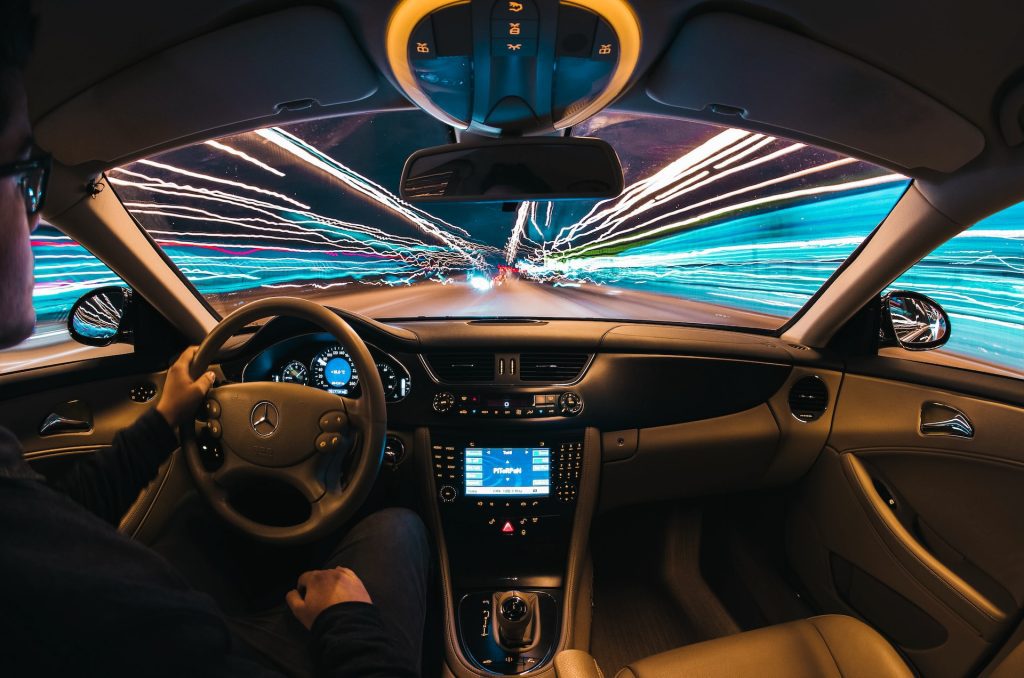Mercedes-Benz has recently achieved a significant breakthrough in the automotive industry by becoming the first automaker to receive regulatory permission from California authorities for the sale and leasing of vehicles equipped with Level 3 self-driving technology. As reported by Reuters, the California Department of Motor Vehicles (DMV) has issued a permit specifically for Mercedes-Benz's innovative Drive Pilot system, provided that it is utilized within certain conditions and on predetermined roads. It is worth noting that the company had previously obtained a similar certification in Nevada.
The Drive Pilot system developed by Mercedes-Benz empowers drivers to momentarily divert their attention from the road and relinquish control of the steering wheel, thereby engaging in various non-driving activities like watching videos or sending text messages. However, it is crucial to adhere to the prescribed guidelines for usage. In the event of an accident, Mercedes-Benz assumes the legal responsibility instead of the driver, given that the system is operated in accordance with the designated rules.
It will be interesting to see how Mercedes drivers respond to the limits set out in the permit from the DMV. The agency says:
This permit excludes operation on city or county streets, in construction zones, during heavy rain or heavy fog, on flooded roads and during weather conditions that are determined to impact performance of DRIVE PILOT. Vehicle owners must watch a mandatory video explaining the capabilities of the system and how to engage and disengage the technology before Mercedes-Benz will activate DRIVE PILOT in the vehicle.
The effectiveness of the Drive Pilot system is facilitated by a network of sensors strategically integrated throughout the vehicle. This includes visual cameras, LiDAR arrays, radar/ultrasound sensors, and audio microphones, enabling the system to detect approaching emergency vehicles and precisely determine the vehicle's location by cross-referencing the onboard sensor and GPS data.

While not as advanced as the fully autonomous systems deployed by Waymo and Cruise, which operate without the need for a human driver, Mercedes-Benz's Drive Pilot system represents a notable advancement beyond Tesla's Level 2 "Full Self-Driving" system. Unlike the latter, which necessitates the driver's constant attention and hands on the steering wheel, Drive Pilot allows for a hands-off experience, albeit with certain limitations.
The utilization of the Drive Pilot system is presently limited to high-traffic scenarios during daylight hours, with a maximum speed of 40 MPH. Additionally, drivers must remain attentive and ready to resume control at any moment. Consequently, it is not permissible to occupy the back seat and engage in sleep. To ensure compliance, the vehicle incorporates an in-car monitor that tracks the driver's activity. The driver is required to take control of the vehicle if it exceeds 40 MPH, encounters an emergency vehicle, experiences adverse weather conditions such as rain, or confronts other situations that exceed the capabilities of the Drive Pilot system.
Mercedes-Benz plans to offer the Drive Pilot system as a feature on the upcoming 2024 S-Class and EQS Sedan models, with deliveries expected to commence later this year.

